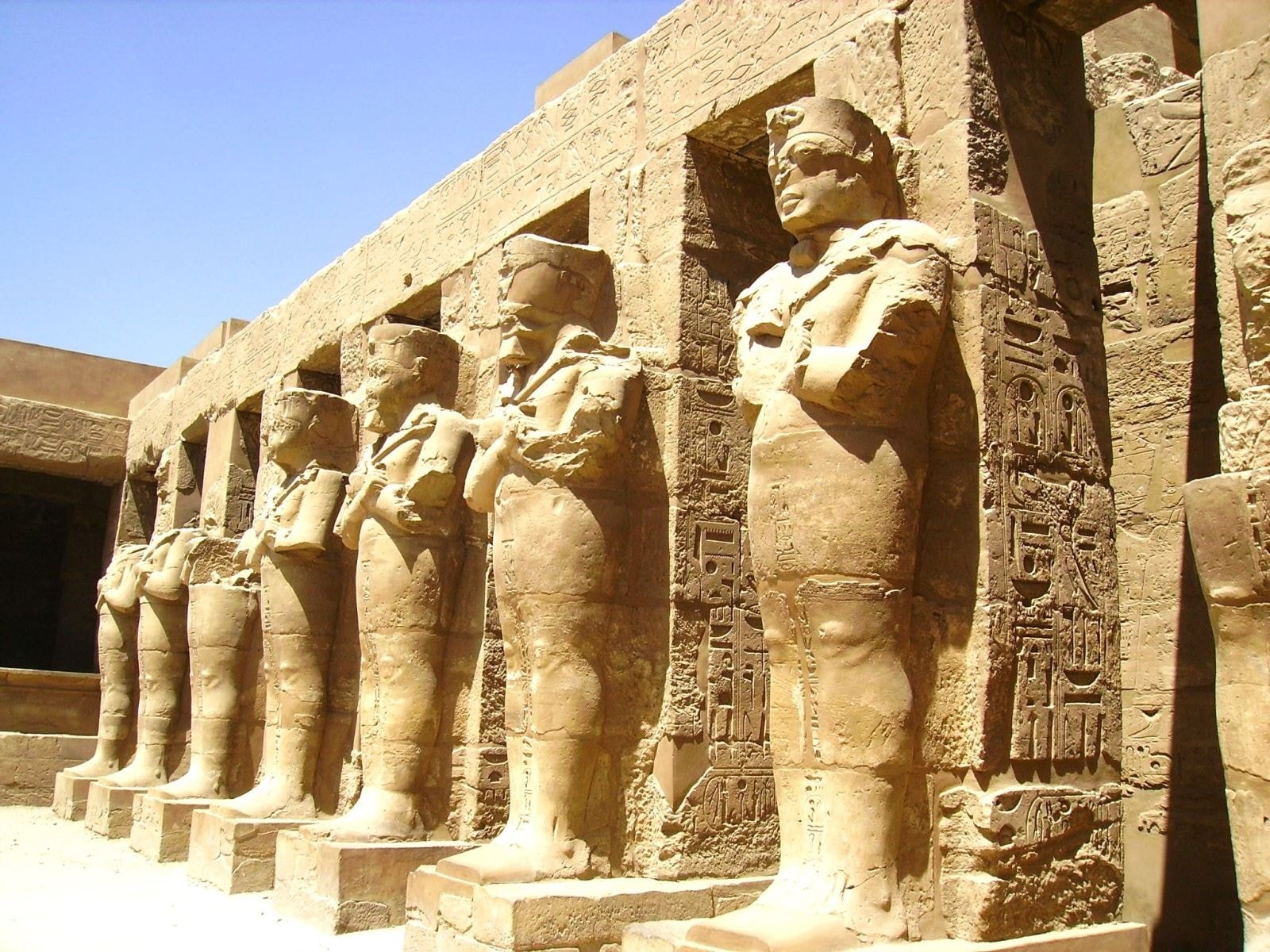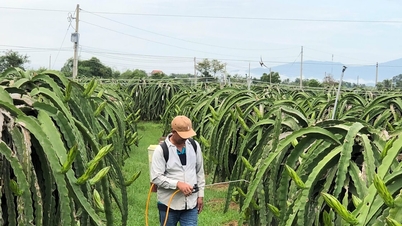
The study, led by scientists from the University of Southampton (UK) and Uppsala University (Sweden), published in the journal Antiquity on October 6, reconstructed the transformation of the Karnak temple area over a period of 3,000 years. By analyzing 61 sediment cores and tens of thousands of pottery shards collected in and around the temple, the research team determined how the river landscape shaped and expanded this holy site over time.
From a small island in the middle of the Nile to a majestic religious center
According to Dr. Ben Pennington, co-lead author of the study, the site of Karnak Temple was originally an island formed between two branches of the ancient Nile. Deep river channels cut to the west and east, creating high ground – the first foundation for habitation and temple construction.
Sedimentary data indicate that the area was frequently flooded before about 2520 BC, making it uninhabitable for long periods. Pottery remains indicate that settlement and construction did not begin until the Old Kingdom (c. 2300–1980 BC).
“The age of Karnak has long been a matter of debate, but new evidence has helped to pinpoint the earliest point of habitation and construction,” said Dr Kristian Strutt (University of Southampton).
Over the centuries, the rivers on either side gradually changed course and silted up, creating more space for the temple to expand. The big surprise was that the eastern branch – which had previously been assumed – turned out to be more pronounced and wider than the western branch, which had received more attention. “It was these flows that shaped the temple’s development, as the ancient Egyptians used the silted-up riverbeds to build new structures,” added researcher Dominic Barker.
Contact with the creation myth
The discovery also reveals a remarkable connection between the temple’s location and the Egyptian creation myth. According to Old Kingdom texts, the creator god appears as a mound rising from the “primordial lake” – a symbol of the birth of the universe.
“The island where Karnak was built was the only high ground surrounded by water in the area. It is fascinating to think that the Theban aristocracy chose this site as the home of the god Ra-Amun, as it perfectly reflects the image of the ‘mound of creation’ rising from the waters of chaos,” Dr. Pennington said.
By the Middle Kingdom (c. 1980–1760 BC), this notion was further reinforced: temples were built on land that had emerged as flood waters receded – a vivid image of the “first land” rising from the sea of chaos.
The team now continues to survey the entire floodplain around Luxor to understand how landscape and hydrology contributed to the formation of the ancient religious center of Thebes.
Source: https://baolamdong.vn/giai-ma-bi-an-3-000-nam-duoi-ngoi-den-vi-dai-nhat-ai-cap-394824.html


![[Photo] Super harvest moon shines brightly on Mid-Autumn Festival night around the world](https://vphoto.vietnam.vn/thumb/1200x675/vietnam/resource/IMAGE/2025/10/07/1759816565798_1759814567021-jpg.webp)

































































































Comment (0)